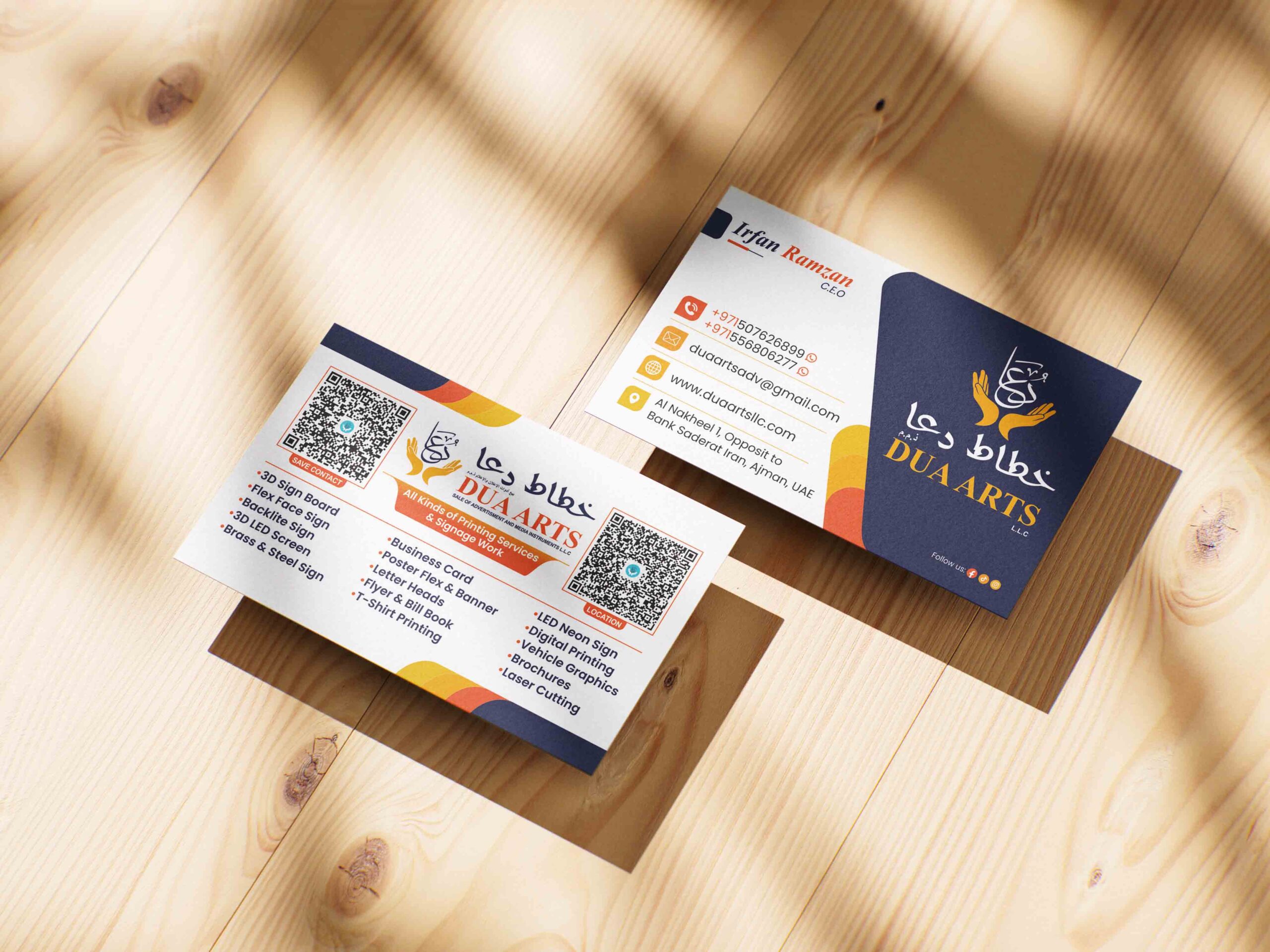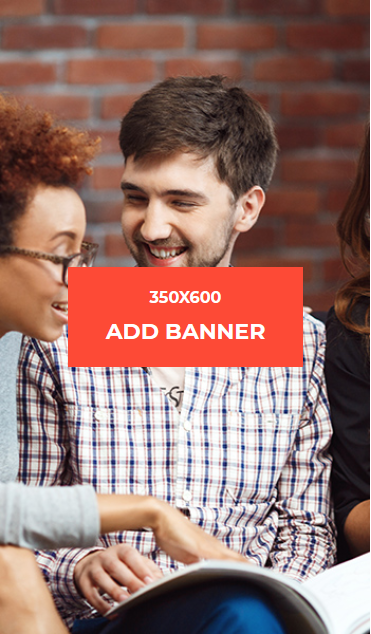Introduction
In the digital age, business cards remain a powerful networking tool. A well-designed card leaves a lasting impression, strengthens brand identity, and facilitates professional connections. Whether you’re an entrepreneur, freelancer, or corporate professional, a high-quality business card can set you apart.
This comprehensive guide covers everything you need to know about business cards, including design tips, materials, printing options, and why they’re still essential in 2024.
Why Are Business Cards Still Important?
Despite digital advancements, business cards offer tangible value in networking:
✅ First Impressions Matter – A professionally designed card reflects credibility.
✅ Easy Information Sharing – No need to type contacts manually; just hand over a card.
✅ Brand Recognition – Consistent branding helps people remember your business.
✅ Networking Essential – Crucial for conferences, meetings, and trade shows.
✅ Versatile Marketing Tool – Can include QR codes, social media links, and special offers.
Key Elements of an Effective Business Card
1. Design & Layout
-
Minimalist & Clean – Avoid clutter; focus on readability.
-
Brand Colors & Logo – Maintain consistency with your brand identity.
-
Legible Fonts – Use professional typography (avoid overly decorative fonts).
-
White Space – Helps key details stand out.
2. Essential Information
✔ Name & Job Title
✔ Company Name
✔ Contact Info (Phone, Email, Website)
✔ Social Media Handles (LinkedIn, Instagram, etc.)
✔ QR Code (For quick access to portfolio or website)
3. Material & Finish
| Material | Best For |
|---|---|
| Standard Cardstock | Budget-friendly, classic look |
| Premium Thick Cardstock | Luxury feel, durability |
| Matte/Glossy Finish | Smooth vs. shiny appearance |
| Textured (Embossed/Debossed) | High-end, tactile experience |
| Metal/Wood Acrylic | Unique & ultra-premium impression |
4. Size & Shape
-
Standard (3.5” x 2”) – Fits most wallets and cardholders.
-
Square (2.5” x 2.5”) – Modern and stylish.
-
Rounded Corners – Adds a sleek touch.
-
Die-Cut Shapes – Custom shapes for creative branding.
Types of Business Cards (By Industry)
1. Corporate Business Cards
-
Clean, professional design
-
Neutral colors (black, white, navy)
-
Minimalist typography
2. Creative Industry Cards (Designers, Artists, Photographers)
-
Bold colors & unique shapes
-
High-quality images/textures
-
Matte or spot UV finish
3. Medical & Legal Professionals
-
Formal, easy-to-read fonts
-
Sober colors (blue, gray, white)
-
Durable, thick cardstock
4. Real Estate & Luxury Brands
-
Foil stamping or embossing
-
Premium materials (metal, acrylic)
-
Elegant, high-end finish
Modern Business Card Trends (2024)
🔹 QR Codes – Link to portfolios, websites, or LinkedIn.
🔹 Eco-Friendly Cards – Recycled paper, seed paper (plantable cards).
🔹 Spot UV Coating – Glossy highlights on a matte background.
🔹 Transparent Acrylic Cards – Ultra-modern, sleek look.
🔹 Interactive Elements – Scratch-off discounts, NFC-enabled cards.
Business Card Printing: Digital vs. Offset
| Feature | Digital Printing | Offset Printing |
|---|---|---|
| Cost | Affordable for small batches | Cheaper for bulk orders |
| Turnaround Time | Faster (1-3 days) | Slower (5-7 days) |
| Customization | Great for variable data | Limited personalization |
| Quality | Good for standard designs | Superior for fine details |
Common Business Card Mistakes to Avoid
❌ Too Much Text – Keep it simple and scannable.
❌ Low-Quality Printing – Blurry logos or faded text look unprofessional.
❌ Outdated Information – Always double-check contact details.
❌ Ignoring Branding – Colors and fonts should match your website.
❌ Choosing Cheap Paper – Flimsy cards get discarded quickly.
How to Distribute Business Cards Effectively
✔ Networking Events – Conferences, trade shows, meetups.
✔ Leave at Local Businesses – Cafés, co-working spaces.
✔ Include in Shipments – For eCommerce brands.
✔ Hand Out with Invoices – For service-based businesses.
✔ Use as a Bookmark – Creative way to stay memorable.
Digital Business Cards: Are They Worth It?
While traditional cards remain popular, digital business cards (via apps like HiHello or Blinq) offer:
-
Instant sharing via QR code or NFC.
-
Easy updates (no reprinting needed).
-
Eco-friendly (no paper waste).
Best Approach: Use both for maximum reach.
Conclusion
A well-designed business card is a powerful branding tool that enhances professionalism and networking success. Whether you prefer classic cardstock or modern acrylic, investing in high-quality cards can significantly impact your business growth.
Ready to print your business cards? Choose premium materials, follow design best practices, and make every connection count!
FAQs About Business Cards
Q: What’s the ideal business card size?
A: 3.5” x 2” (standard) or 2.5” x 2.5” (square).
Q: How many business cards should I print?
A: 250–500 for starters; 1000+ for frequent networkers.
Q: Should I include a photo on my business card?
A: Only if relevant (e.g., realtors, actors, personal brands).
Q: What’s the best font for a business card?
A: Sans-serif fonts (Helvetica, Arial) for readability.
Q: Are metal business cards worth it?
A: Yes, for luxury brands—durable and unforgettable.



Leave a Reply